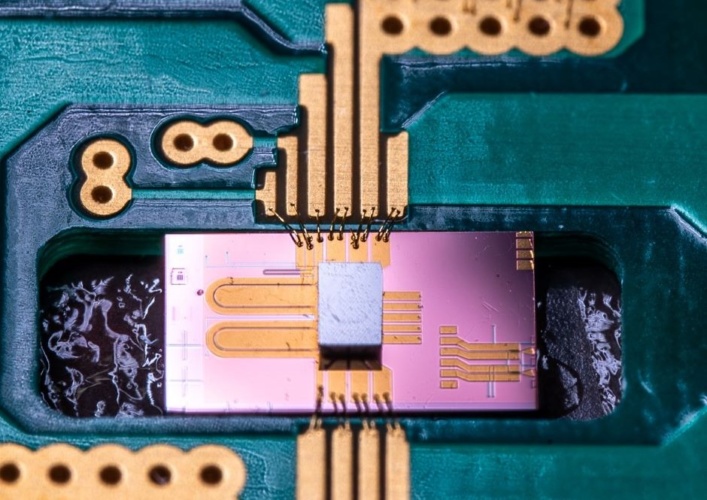
The optical modulator is claimed to almost double the maximum data rate of current devices, demonstrating the potential for low power, low-cost all-silicon solutions that avoid complicating fabrication processes with new materials that are not CMOS compatible.
Photonic platform aims for rapid diagnosis of nRDS
The research team, led by Professor Graham Reed within Southampton’s Zepler Institute for Photonics and Nanoelectronics, have published their findings in Optica.
In their paper they note ‘the optical modulator is a critical component in systems serving modern information and communication technologies, not only in traditional data communication links but also in microwave photonics or chip-scale computing networks.’
In a statement, Dr Ke Li, lead author and lead inventor on the technology’s associated patents, said: “In contrast to previous work in the field, we have introduced a new design philosophy where photonics and electronics must be considered as a single integrated system in order to tackle the demanding technical challenges of this field.”
The research at Southampton’s Silicon Photonics Group formed part of the £6m Engineering and Physical Sciences Research Council (EPSRC) Programme Grant ‘Silicon Photonics for Future Systems’.
Professor Reed, deputy director of the ORC, said: “Our results are based upon a fully integrated electronic-photonic system, not a laboratory probed stand-alone silicon modulator. In all other work to date that does not rely on digital signal processing to recover signal integrity, integration of the electronics and photonics has resulted in an inferior system performance as compared to the performance of the individual components, resulting in a maximum data rate of approximately 56Gbps.
“At a time when most researchers around the world are striving for a system level improvement of the order of five to 10 per cent, our results represent close to a 100 per cent improvement, so we are delighted that our design philosophy is proving successful. This is why we believe these results are important, as they can change the way designers configure datacom transmission systems of the future.”




Comment: How engineering innovations are transforming washing machine accessibility
I wonder if Mr Sawhney has considered a sit-on version, with pedals?